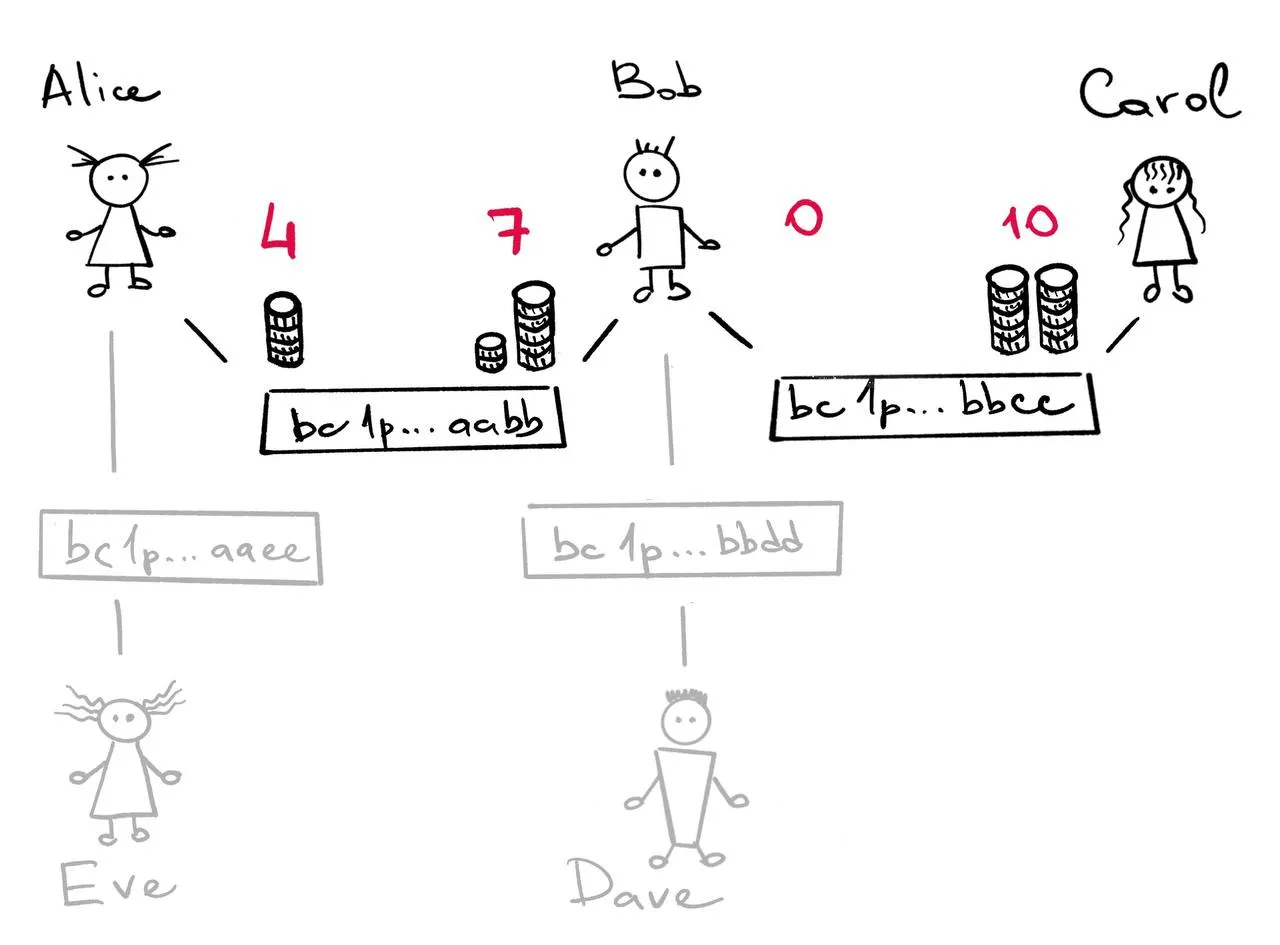
Lightning Network — Truly Decentralized Finance
One time, I accidentally crashed my uncle’s car and had to send him money for repairs. In his country, personal transfers were taxed unless they were between close family members — parents and children, siblings, or spouses. My uncle was my mom’s sister’s husband. To avoid the tax, I had to either carry cash (which was inconvenient) or arrange a three-step transfer:
- I sent the money to my mom (a close relative),
- My mom transferred it to her sister (another close relative),
- My mom’s sister handed it to her husband (a family member).
This happened about fifteen years ago. Back then, social networks were booming, and I came up with a startup idea: a social network integrated with a payment system. In this network, users could specify their parents, children, siblings, spouses, and the payment app would automatically find the optimal route for any money transfer, ensuring only close family connections were involved, avoiding taxes.
My idea remained just that — an idea. But about ten years later, I came across the term “decentralized finance” and thought it would have been the perfect name for my concept. It turned out that no such system had been proposed in the DeFi space. However, a network for cryptocurrency transfers through interconnected contacts does exist. It’s called the Lightning Network, and it operates over the Bitcoin blockchain.
The Lightning Network is not about tax optimization. It is designed for sending Bitcoin directly between users without recording transactions on the blockchain, without paying miner fees to have your transaction included in a block, and without waiting for confirmation.
Some claim the Lightning Network is dead (or dying). But as someone who regularly uses it, I want to explain why it’s still valuable and why it’s far from obsolete despite its limited recognition.
How the Lightning Network Works
The core element of the Lightning Network’s transaction chain is a payment channel, through which two people can send Bitcoin to each other. From the blockchain’s perspective, a payment channel is essentially a standard multi-signature address. Both participants can deposit Bitcoin into this address, and both hold private keys required to spend funds from it. The multisig setup follows a 2-of-2 principle, meaning both participants’ signatures are necessary to create a transaction that moves Bitcoin out of the payment channel.
Here’s how a Lightning Network payment channel appears in a block explorer:
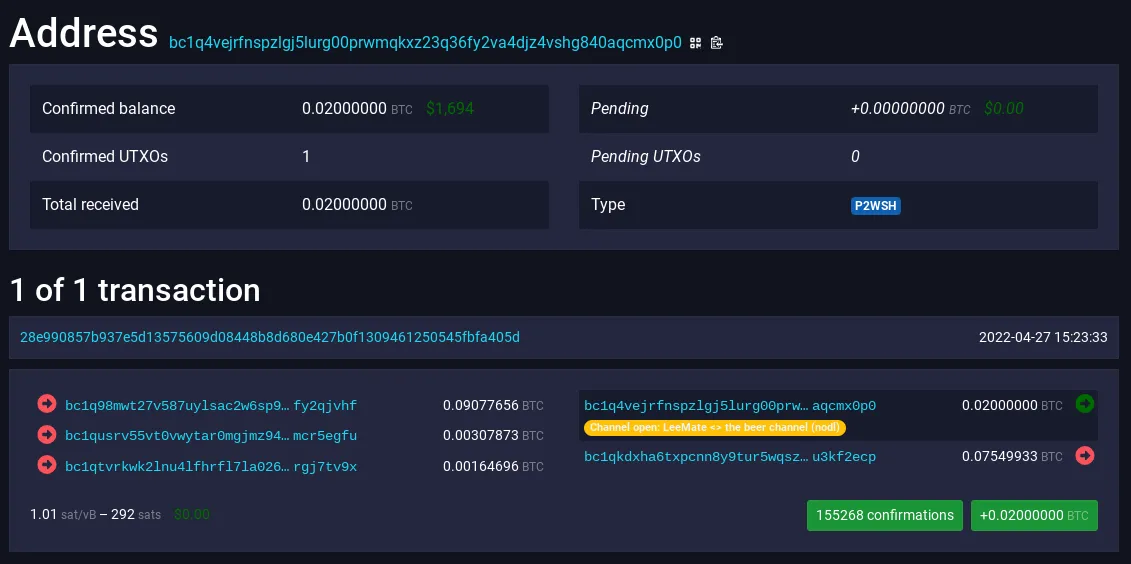
On this address, we can see 0.02 BTC since April 27, 2022, with no further recorded transactions on the blockchain. Even though the explorer shows no additional blockchain transactions, those 0.02 BTC may have been transferred between the two participants hundreds of times within the channel.
Imagine Alice and Bob open a payment channel to send Bitcoin through it. To do this, they deposit funds to the address bc1p…aabb. Alice deposits 10 BTC, and Bob adds 1 BTC.
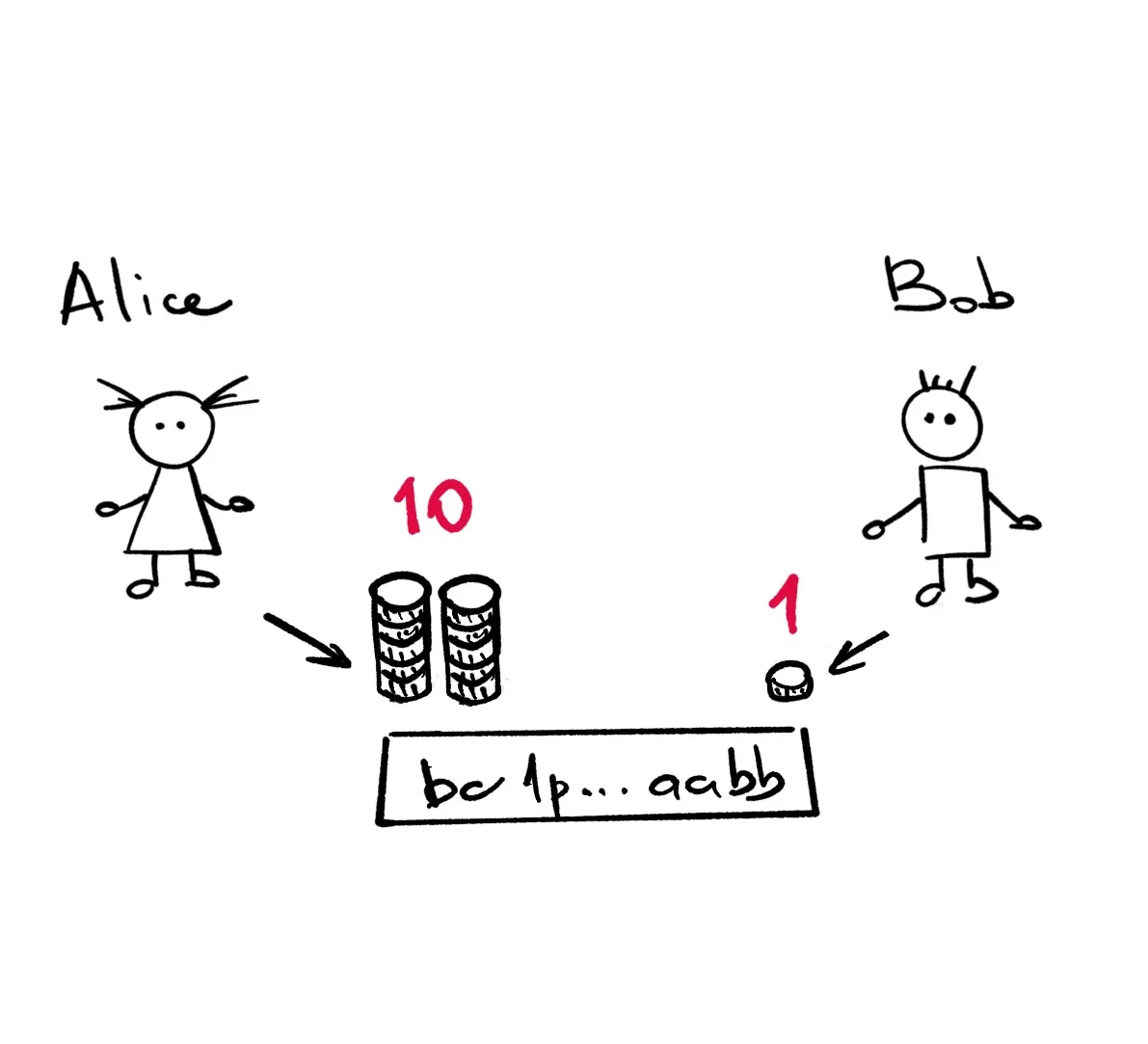
In reality, payment channels holding 11 BTC are extremely rare; participants usually manage much smaller amounts. These values are used here purely for simplicity.
At the time of opening the channel, both Alice and Bob sign a transaction that would return their respective funds back to their individual addresses — 10 BTC to Alice and 1 BTC to Bob. Either participant can broadcast this transaction to the network at any time, which would effectively close the channel. But as long as no one does this, the channel remains active.
Now suppose Alice wants to send 1 BTC to Bob. Technically, this works by Alice and Bob signing a new transaction that would distribute 9 BTC to Alice and 2 BTC to Bob when broadcasted.
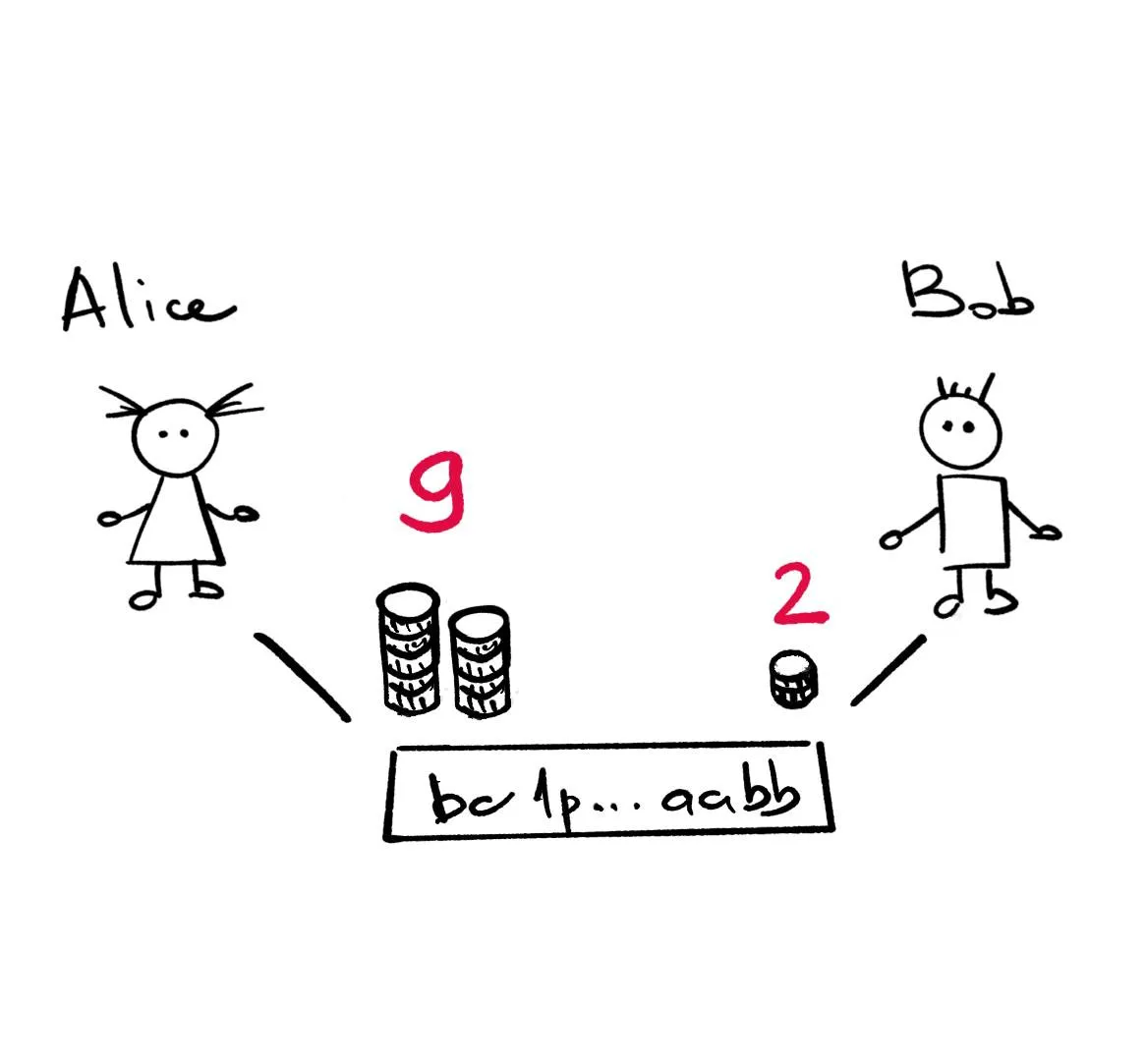
Notice that this transaction is still not broadcasted to the blockchain. Both Alice and Bob simply keep a copy of it as a backup in case they need to close the channel later.
Now imagine Bob also has a separate channel open with Carol. Just like my earlier story about transferring money through family members, Alice can request Bob to send Bitcoin to Carol.
For example, Bob’s channel with Carol may be associated with the multi-signature address bc1p…bbcc, where both Bob and Carol initially deposited 5 BTC each.
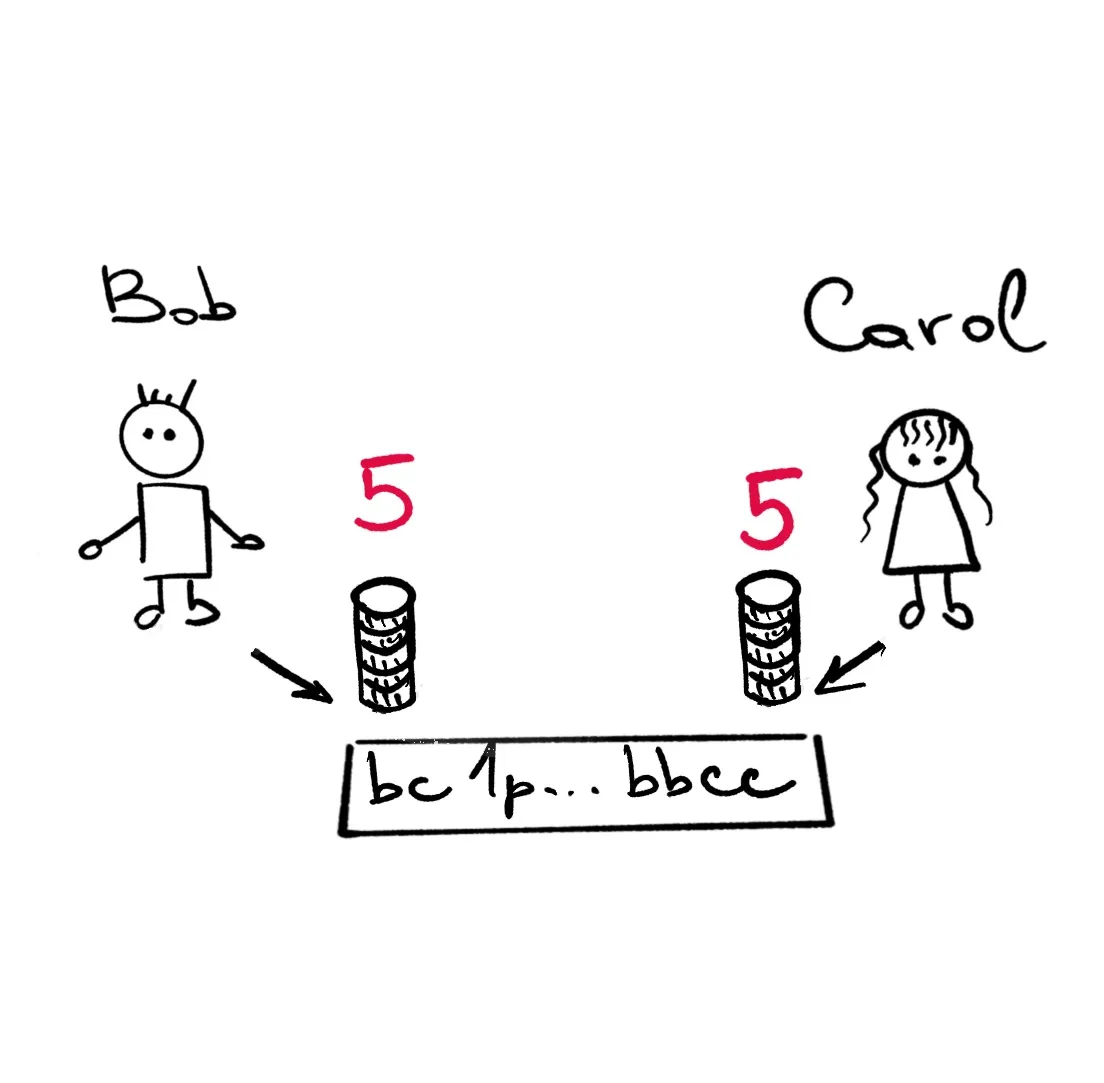
If Bob sends 5 BTC to Carol on Alice’s behalf, the final balances would look like this:
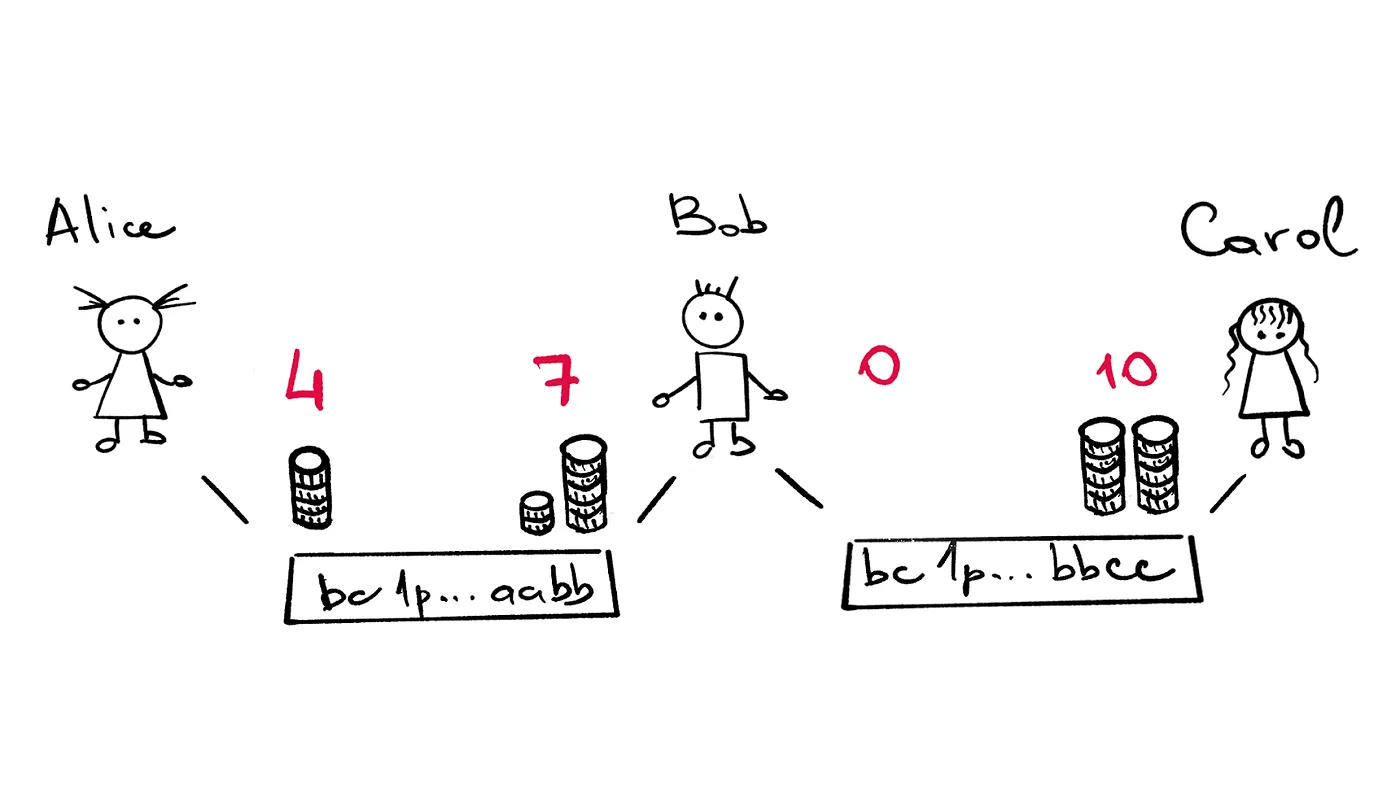
- On address bc1p…aabb, Alice now holds 4 BTC and Bob holds 7 BTC.
- On address bc1p…bbcc, Carol now owns all 10 BTC.
Importantly, Carol won’t know the origin of those 5 BTC. She may ask Bob, but he could respond that:
- He sent them himself,
- They were sent by Alice,
- Or they came from Dave, with whom Bob also has a channel.
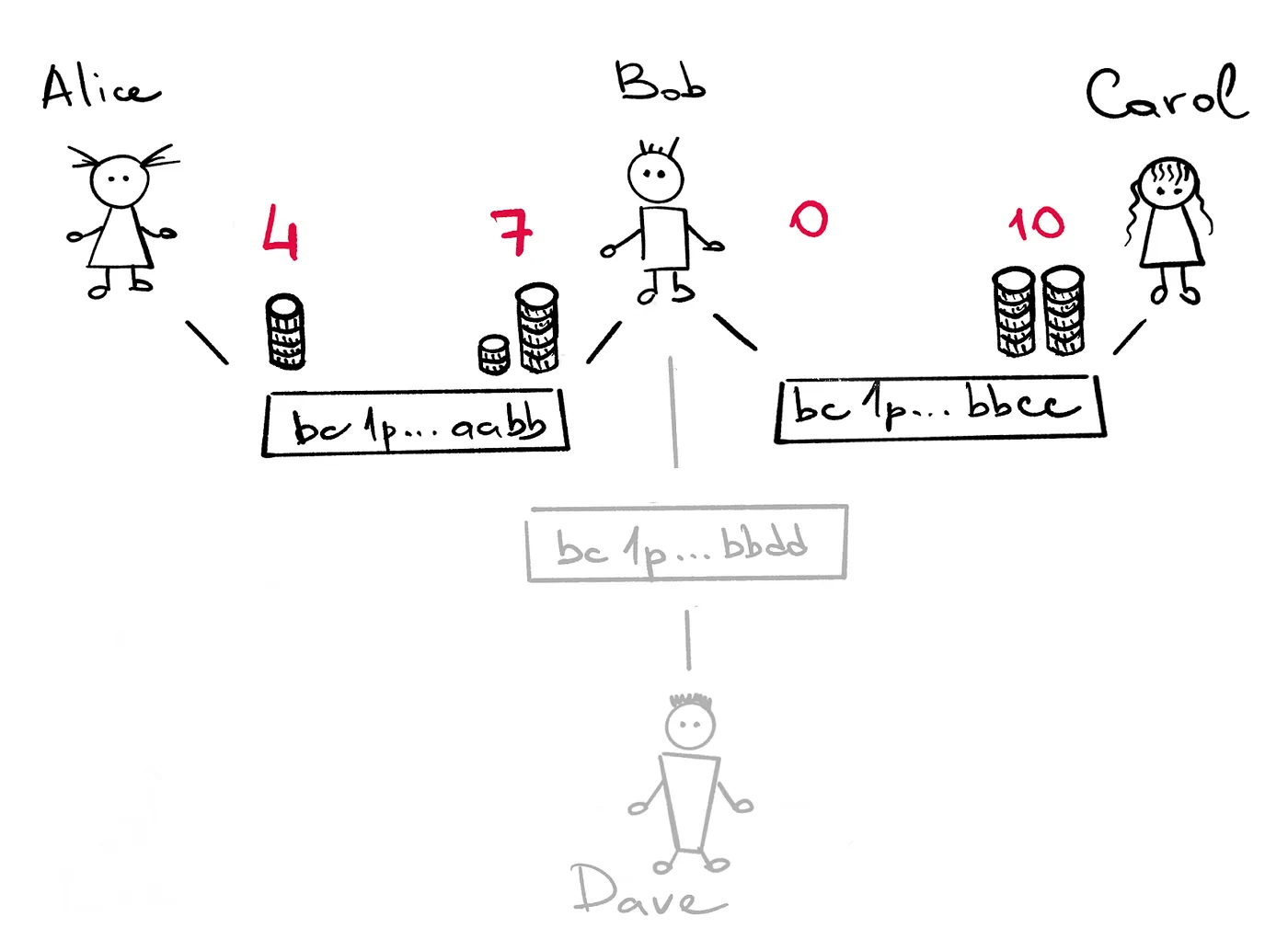
And there’s no way for Carol to verify the truth. No public record exists in the blockchain or elsewhere that reveals the source of this transfer.
In fact, even Bob won’t know for sure if Alice originally sent the Bitcoin or if it came from Eve, with whom Alice might also have a channel.

This is how the Lightning Network functions. Each pair of participants opens a payment channel once and can then exchange Bitcoin multiple times through that channel without creating new blockchain records. The only transactions recorded on the blockchain are those that open and close payment channels. No one can see how much Bitcoin was exchanged within the channel or who initiated those transfers — not even the participants in the intermediary channels.
All these processes are automated, ensuring that no middleman can interfere with or steal the transferred funds.
What’s Wrong with the Lightning Network

If we revisit this picture, we can notice that no more Bitcoin can be sent in Carol’s direction through the channel connecting Bob and Carol. The reason? There is no remaining Bitcoin on Bob’s side of the channel that he could send to Carol.
This illustrates the biggest challenge faced by Lightning Network participants — channel imbalance. If all the Bitcoin in a channel ends up on one side, no further transfers can be made in that direction. As a result, when trying to send Bitcoin via the Lightning Network, users sometimes encounter the error: “Route not found.”
One professional Lightning Network operator, Deezy.io, even offered payments for routing transactions through their node in a specific direction to help rebalance their channels.
This constant need to monitor and manage channel liquidity creates a frustrating user experience. It’s far from ideal for mainstream financial users who expect simple, hassle-free transactions.
But even if the user experience were flawless, mass adoption of the Lightning Network is practically impossible. To add 8,000 new participants to the network (each opening a channel connected to existing nodes), a total of 8,000 on-chain transactions would be required. That’s nearly two full Bitcoin blocks.
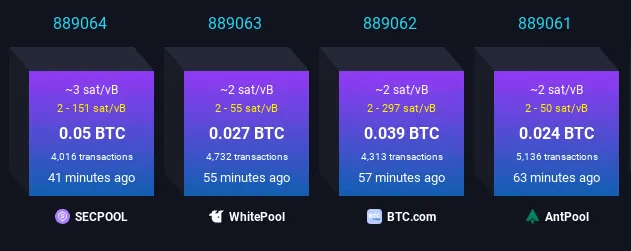
Now imagine onboarding 8 billion people — the global population — to the Lightning Network. That would require 2 million blocks. Since Bitcoin produces a new block every ten minutes, this process would take 38 years — and that’s assuming every block is dedicated solely to opening channels.
Additionally, channels aren’t only opened; they are often closed as well. A channel may need to be closed if one participant goes offline for an extended period or if all the Bitcoin in the channel has shifted to one side, making the channel unusable. Channels can also be forcibly closed due to software issues — a particularly frustrating scenario when on-chain fees are high.
All these factors contribute to the Lightning Network’s struggle for widespread recognition.
At rabbit.io, we support Bitcoin exchanges via the Lightning Network, allowing swaps to and from any other cryptocurrency. However, these swap options are rarely used — in either direction. Meanwhile, Bitcoin swaps via the main network on rabbit.io occur frequently and in large volumes. This suggests that Bitcoin holders largely avoid using the Lightning Network.
Moreover, according to data collected by Coinmetrics and published on txstats.com, Lightning Network usage has been steadily declining.
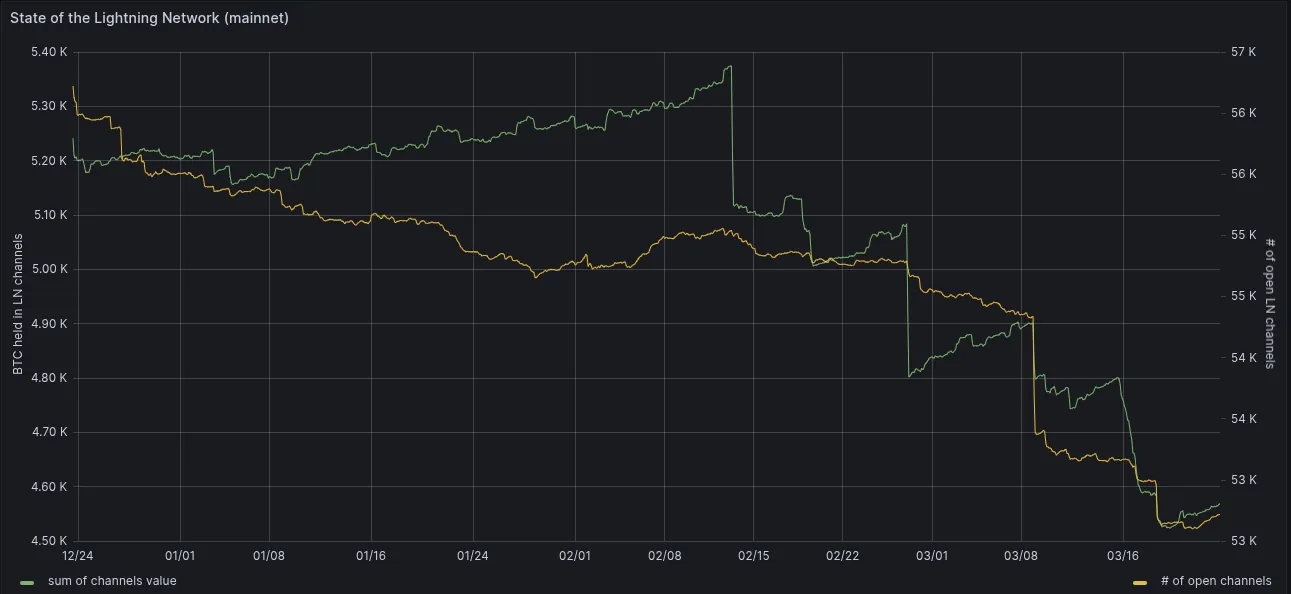
As of March 23, 2025, there are 52,717 active channels with a total capacity of 4,568.9 BTC. This means the average channel holds less than 0.09 BTC, making larger transactions via the Lightning Network particularly challenging.
What the Lightning Network Is Good At
People who actively open channels in the Lightning Network say that Bitcoin tends to move quickly to the opposite side of the channel when that side is an exchange. Conversely, they report that all the Bitcoin in a channel tends to accumulate on your side if you open a channel with a new user.
This highlights a clear pattern in the Lightning Network’s financial flows: Bitcoin moves from individual users toward exchanges. This has become the Lightning Network’s primary use case today — and there’s a specific reason for that: AML abuse in Bitcoin’s main network.
When depositing funds via the Lightning Network, exchanges cannot trace the origin of those funds, cannot track their history, and have no grounds to mark them as “dirty.”
With the main Bitcoin network, however, this is much harder to avoid. AML (Anti-Money Laundering) tagging in the Bitcoin blockchain is done retroactively. If someone steals Bitcoin today, AML services won’t immediately recognize those coins as suspicious. As a result, those stolen coins might pass through multiple hands and appear perfectly clean. But days, weeks, or even months later, when the theft is eventually reported, AML services will flag those coins as “high-risk,” potentially causing the exchange account that deposited them to be frozen.
For this reason, deposits via the Lightning Network have become a key solution. Moving smaller amounts of Bitcoin from the main network into a payment channel — and then depositing them to an exchange via the Lightning Network — significantly reduces the risk of AML issues.
Of course, attempting to launder Bitcoin with known criminal origins through the Lightning Network is pointless. With proper investigation, authorities can still trace the funds by following the chain of participants — Carol can identify Bob, Bob can point to Alice, and so on. However, for legitimate transactions, the Lightning Network offers valuable privacy protection.
The Lightning Network also has other use cases, such as everyday payments in “crypto hotspots” like El Zonte in El Salvador or microtransactions on platforms like fountain.fm, stacker.news, or apps using the NOSTR protocol. However, due to Lightning Network’s complex user experience, these scenarios remain popular only among a niche group of crypto enthusiasts.
Personally, one of the key advantages I see in the Lightning Network is its independence from congestion in the main Bitcoin network. If I keep Bitcoin on my personal wallet address, sending it during peak network traffic may become too expensive. But with funds stored in a Lightning channel, I can send Bitcoin anytime without worrying about fees.
However, it’s fair to note that this advantage comes with a significant caveat: sending Bitcoin from a Lightning channel requires the channel’s other participant to be online at that moment. Since no one can guarantee that, calling the Lightning Network a truly “always-available” solution is a bit of a stretch.
Conclusion
Despite its flaws and limited adoption, the Lightning Network effectively addresses one major issue that has become increasingly relevant for all cryptocurrencies — including Bitcoin: the problem of distinguishing between “clean” and “tainted” coins.
Thanks to the Lightning Network, this concern can be largely avoided in Bitcoin.
To protect yourself from AML-related risks, consider moving your Bitcoin into a Lightning Network payment channel. The network is truly decentralized, meaning you can open a channel with any participant already connected to the system — whether that’s Alice, Bob, Carol, or even an exchange that supports Lightning deposits and withdrawals.
All nodes in the network are equal, and every satoshi is equal to any other satoshi. This is what makes the Lightning Network a genuine example of decentralized finance.













